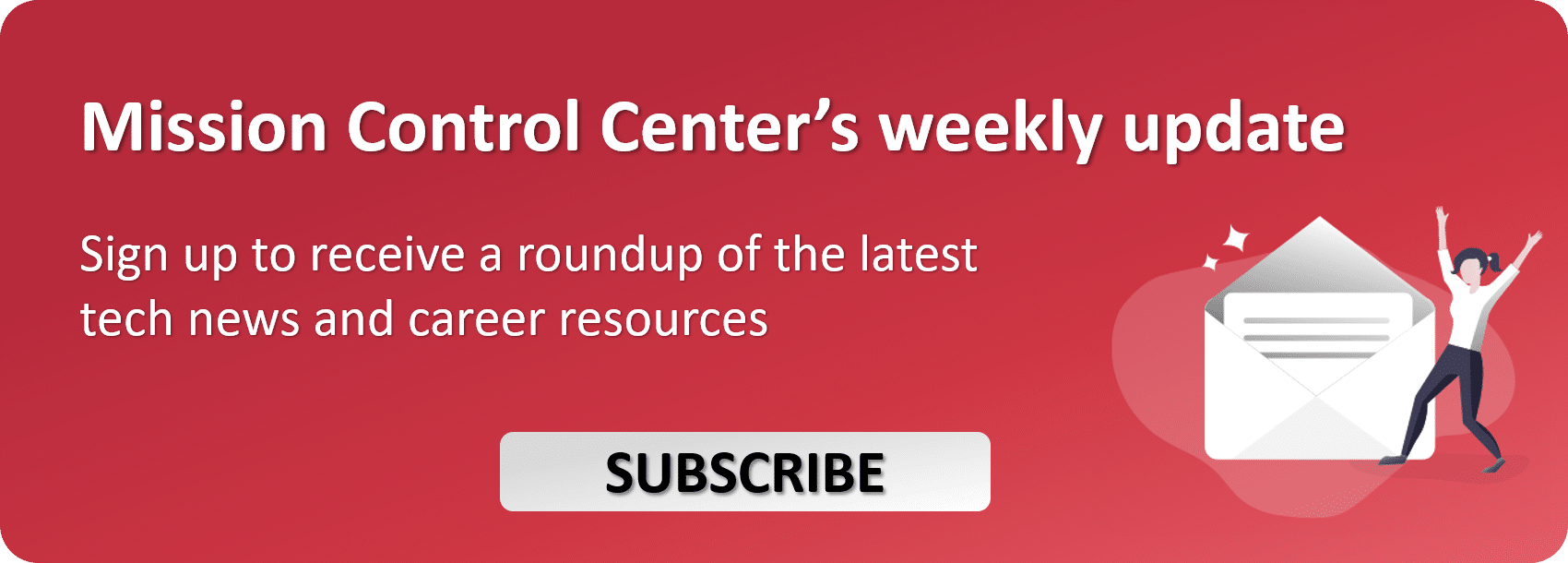The first part of our interview with Olena Drugalya, a Berlin-based, self-taught front-end developer who just recently managed to go from being a stay-at-home mom to a full-time dev. Born in Ukraine and having lived and worked across Europe, Olena discusses her transition into tech, the barriers she encountered along the way and how other women can overcome them.
Learn of Olena’s progress with her account after two months into her first developer job.
Interview with Olena Drugalya: Congrats on your new job! You made it. How did you go from stay-at-home mom to full-time developer?
Thank you! My transition into tech was a long and winding road of failure, hard work and, eventually, success. So, let’s start from the beginning.
I graduated in linguistics and law, but I never worked as a lawyer. Fresh out of university, I found a job at a trading company as a translator, as there was a huge demand for speakers of foreign languages at that time in Ukraine. I worked in the company for 10 years and was promoted a couple of times, ultimately becoming an executive manager.
What happened then?
Then I met my husband and we got married. We moved to another town, and I worked remotely for some time, but it didn’t go too well because my daughter was born, and I didn’t take maternity leave. Not long after that, I was already burned out from the job, from having a baby, from the move. So, I quit my job.
But, after some time, my daughter had grown older, and I started to think about what I would like to do next in my life, my career possibilities, etc.
My husband is a software developer, so he suggested that maybe I could find a development job in our city. There was a coding academy that offered a course on software development on the weekends, so that worked for me as my husband could watch my daughter during the weekends. I learned there for two years and graduated as a .NET developer. After that I graduated, I participated in several projects. I even built an online game and actually got some money for it. So, I was like, OK, I can do it.
And then…
Then I decided to try to get a job at a company, not just freelancing. But at that time, in Ukraine, it was very difficult for a woman to enter the tech world if she didn’t have a computer science degree. So, I had a couple of interviews, and that was a failure. A total disaster.
So, after a range of failed interviews that got me discouraged, I decided that tech was not for me. I always thought that, for being a developer, you needed a special mindset, and that I just didn’t have it. And everyone around me seemed to think the same, except, of course, for my husband. But I was too unmotivated and frustrated. So, I stopped. I decided it was not for me, that I would try something else.
Women in tech
We moved to Denmark, where I got a job as an office manager. I was quite happy with the job, since we had just moved in, and I could learn Danish and do something useful instead just sitting at home. But while working there, I realised that, in western Europe, the situation with women in tech is totally different. In fact, tech companies encourage and offer women enormous possibilities in the tech industry. That made me think about tech again, and I decided to give it another shot. This time I started with web development and that’s what I’m doing right now. We moved to Berlin, and I recently got a job as a junior software developer at IT services provider Novatec. And I love it.
Join our community and find your next job in IT
You mentioned how hard the interview process was at times. What would you say to people who are going through failed interview after failed interview? How can they keep their spirits up?
Above all, that you just must keep going no matter what. If you really want this job, if you really want to work in tech or in any other industry, you just need to learn from your failures and just move on and try again. Failing at an interview doesn’t mean that you are not good in what you are doing. Sometimes there is just a better candidate, or the company has a different profile in mind. It often just means it’s not the right time or the right company for you because they are looking for something else.

Do you think your background in humanities has helped you in tech?
Absolutely. Knowing a lot of languages, for example, has helped me a lot. Speaking English is a big plus in this industry, and I can speak German too. There are a lot of wonderful developers out there who are missing out on great opportunities because they don’t know languages. All technology now is made in English. Plus, if you know how to learn a language, you know how to quickly learn new structures and words. You can directly apply that to learning a programming language. You learn the grammar, the syntax. The same goes for fluency. In order to get fluent, you just need to write code often. You just need to treat programming just like any other language.
How do you combine your job, learning and raising kids, especially during lockdown?
You need to have a daily routine. Otherwise, you will always feel like you don’t have enough time. I was lucky to have the help of my husband. When my son was little, I usually studied for two hours after he went to bed.
That was, of course, tiresome, because usually you don’t feel fresh anymore in the evenings. But I had no other choice. But the first lockdown actually helped me a lot with goals, as my husband started to work from home, and we shared the time with the kids. From morning until noon, he was with the kids, and I was with the kids from noon until the evening. I had my two or three hours to myself every day, and that was fantastic. Then I jumped right away into the 100 days of code challenge. I made a habit of coding every day for at least one hour. And I have been doing it every single day since. So, yes, the daily routine is very important.
You are very active in the dev community, sharing development tips and your journey into tech. Why do you enjoy blogging, how has it helped you?
I started my blog when I started my studies as a web developer. First, I wanted people just to know my story about being a stay-at-home mom and learning web development. I was hopeful it could encourage other women like me who were afraid of transitioning into tech. But as I proceeded with the study, I started to write posts about topics I was learning at the time.
I thought that many blog posts or YouTube videos out there were not really that beginner-friendly, often being written in a rather complicated language. So, I decided to try to write down these difficult concepts just in a simple language, just for myself. If you manage to understand something by writing about it, you actually learn it more deeply. Then I saw others were struggling with the same problems and decided to share these materials with the broader community.
I encourage everyone to start writing the blog. It’s one of the best ways to learn by yourself because you need to research something and then you have to explain what it is and what it does, and how you can use it. It’s also a great way of holding yourself accountable and make sure you keep progressing towards your goals.
Check out more of our interviews from our podcast episodes.
Make sure to follow Olena’s blog and Hashnode activity.












